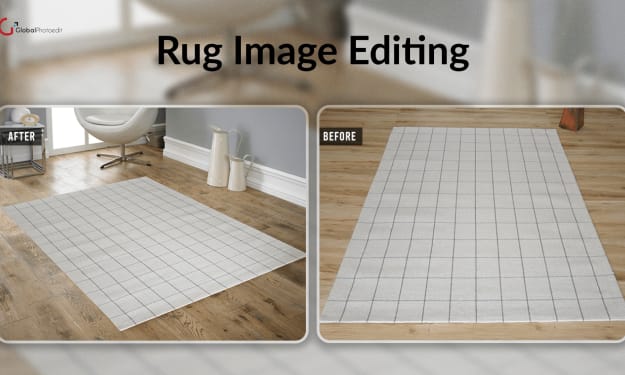
Street art, once considered an illegal and subversive form of expression, has now become a mainstream cultural phenomenon. From the early days of graffiti writing to the rise of murals and public art installations, street art has broken boundaries and captured the attention of people all over the world. In this article, we’ll take a closer look at the rise of street art and what makes it such a powerful force in contemporary art and culture.
The Origins of Street Art
Street art has its roots in the graffiti writing movement that emerged in the late 1960s and early 1970s in New York City. Young people from diverse backgrounds, often from low-income neighborhoods, began to use the city’s walls and trains as canvases for their self-expression. Graffiti writing was a way to claim space, to make a mark on a world that often ignored or marginalized them.
At first, graffiti was seen as a nuisance, a form of vandalism that defaced public property. But as the movement grew and evolved, so did its artistry and cultural significance. Graffiti writers began to develop distinct styles and techniques, using spray paint and markers to create intricate lettering and vibrant, abstract designs. They also began to use their art to make political statements, to call attention to social injustices, and to express their own personal stories and identities.
The Evolution of Street Art
In the decades since the birth of graffiti writing, street art has evolved in many ways. While graffiti writing is still a thriving subculture, street art now encompasses a wider range of artistic practices, from wheat-pasting and stencil art to large-scale murals and installations.
One of the key factors in the evolution of street art has been the rise of the internet and social media. Artists can now share their work with a global audience in real-time, bypassing traditional gatekeepers like galleries and museums. This has led to a democratization of art-making, with artists from all over the world gaining recognition and influence.
Another factor in the rise of street art has been the growing interest in urban culture and the city as a site of cultural production. Cities are now seen as dynamic and creative spaces, full of potential for artistic intervention and exploration. Street art has become a way to activate and transform urban environments, to bring art out of the museum and into the streets.
The Power of Street Art
Street art has a unique power to captivate and engage viewers. Unlike traditional art forms, which are often viewed in controlled and sterile environments, street art exists in the chaos and energy of the city. It can surprise and delight, challenge and provoke. Street art can also serve as a form of cultural commentary, reflecting the concerns and aspirations of the communities in which it is created.
One of the most powerful aspects of street art is its ability to create a sense of place and identity. By creating art in public spaces, street artists can transform neglected or abandoned areas into vibrant and lively destinations. Murals and public art installations can serve as landmarks, defining and celebrating the character of a neighborhood or city.
Street art also has the potential to be a tool for social and political change. By creating art that reflects social issues and injustices, artists can raise awareness and spark dialogue. Street art can challenge dominant narratives and amplify marginalized voices. It can also serve as a form of resistance, pushing back against oppressive power structures and asserting the agency and creativity of marginalized communities.
Conclusion
Street art has come a long way since its origins in the graffiti writing movement of the 1960s and 1970s. It has evolved into a vibrant and dynamic form of cultural expression, with artists from all over the world using the streets as their canvas. Street art has the power to engage and inspire, to transform neglected spaces into vibrant destinations, and to challenge dominant narratives andnorms. What are some of the key features and techniques of street art, and how have they contributed to its growth and popularity as an art form?
One of the key features of street art is its accessibility. Unlike traditional forms of art that are often confined to galleries and museums, street art is created in public spaces and is accessible to anyone who happens to pass by. This makes it a democratic art form that can be enjoyed by people from all walks of life.
Another feature of street art is its use of bold, eye-catching imagery and typography. Many street artists use bright colors, intricate patterns, and bold lettering to create visually striking works that demand attention from passersby. This can be particularly effective in urban environments where there is a lot of visual noise and competition for people's attention.
Street art also often engages with political and social issues. Many street artists use their work to challenge dominant narratives and power structures, or to draw attention to issues such as inequality, racism, and environmental degradation. This can make street art a powerful tool for social change and activism.
In terms of techniques, street artists often use a range of tools and materials, from spray paint and stencils to wheat paste and stickers. They may also incorporate elements of other art forms such as collage, sculpture, and performance art into their work. This versatility and willingness to experiment with different techniques and mediums has helped to keep street art fresh and innovative, and has contributed to its growing popularity around the world.
Overall, the key features and techniques of street art - its accessibility, bold imagery and typography, engagement with social issues, and willingness to experiment with different techniques and mediums - have all contributed to its growth and popularity as an art form. As street art continues to evolve and expand, it will likely continue to challenge and inspire audiences around the world.
About the Creator
Hanaff Jr
Just Writer...






Comments
There are no comments for this story
Be the first to respond and start the conversation.